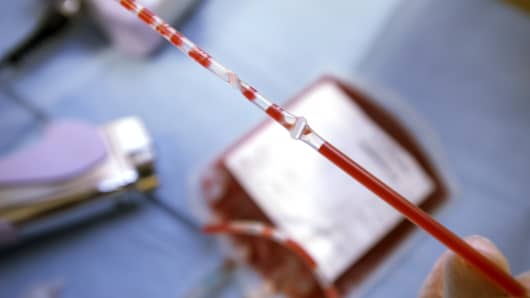Cord and tissue banking involve the collection, processing, and storage of particular biological supplies for potential future medical use. These practices offer alternatives for medical remedies and research. Here's an outline of wire and tissue banking:
Cord Blood Banking:
Cord Blood Collection:
Cord blood is the blood collected from the umbilical cord and placenta after childbirth. This blood is wealthy in stem cells.
The assortment process is non-invasive and happens after the baby is born and the umbilical cord is clamped and minimize.
View website :
Cord blood is a useful supply of hematopoietic stem cells, which have the potential to develop into varied types of blood cells.
These stem cells can be used in the treatment of sure genetic disorders, blood cancers, and different diseases that have an result on the blood and immune system.
Cord Blood Banking Options:
Public Cord Blood Banks: Donated wire blood is saved in public banks, and it becomes out there to anyone in want of a stem cell transplant.
Private Cord Blood Banks: Parents can choose to retailer their baby's cord blood in a personal bank for their household's unique use. This entails a charge for assortment, processing, and storage.
Tissue Banking:
Tissue Types:
Tissue banking includes the collection and preservation of various kinds of tissues, similar to skin, bone, tendons, heart valves, and corneas.
These tissues can be used for transplantation to replace broken or diseased tissues in sufferers.
Transplantation and Reconstruction:

Tissues saved in tissue banks can be utilized for various medical purposes, including reconstructive surgical procedures, orthopedic procedures, and treating burns or injuries.
For example, bone grafts can assist in orthopedic surgical procedures, and pores and skin grafts could be essential in treating burn victims.
Research:
Tissue banks additionally support medical research by offering researchers with priceless samples for studies on illnesses, therapies, and the development of latest therapies.
Donation and Consent:
Tissue donation usually requires the knowledgeable consent of the donor or their family. Ethical and authorized issues play a significant position in the donation process.
Storage and Preservation:
Tissues are rigorously processed, preserved, and stored underneath managed conditions to maintain their viability till they are needed for transplantation or analysis.
Cord and tissue banking contribute to advances in medical therapies, offering options for sufferers who require stem cell transplants or tissue replacements. These practices also support scientific analysis to higher perceive ailments and develop new therapies. It's important for people to make informed decisions concerning the donation and storage of cord blood or tissues, considering their potential medical benefits and ethical concerns..
